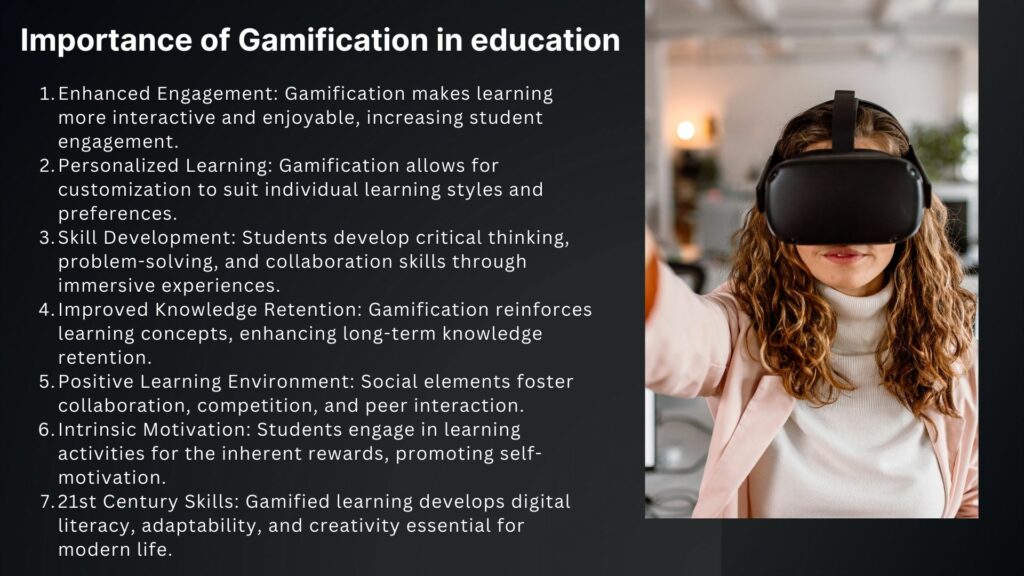When it comes to learning, the most important component is the willingness to learn. According to famous Italian physician Maria Montessori, “The goal of early childhood education should be to activate the child’s own natural desire to learn.” However, the traditional classrooms and their instruction-based teaching methodology where rote learning is encouraged to thwart the development of curiosity and desire to learn in students’ minds. What is gamification? Let’s learn more.
Understand and digitize school operations with Teachmint and its features like the school ERP software for efficient school management.
Earlier, the model of education used to be traditional offline classrooms and textbooks. In recent times, however, we have witnessed a conspicuous shift towards online teaching and web courses via the internet. The coronavirus pandemic, too, has proved to be a catalyst in the digitalization of education in India. Not only is online teaching a foolproof solution to the need for remote learning arising from the unprecedented circumstances existing today, but online classes also provide the means to integrate other futuristic and effectual teaching techniques such as Artificial Intelligence, Virtual Reality, Augmented Reality, Mixed Reality, Gamification and likewise.
Digital teachers willing to remedial teach online should explore and include these techniques in their online classrooms. Gamification, in particular, is a teaching technique, which is highly effective in achieving student engagement in the classroom. In this article, we shall discuss gamification and its benefits which make it a potential game-changer for the field of education in years to come.
What does gamification mean? Gamification meaning refers to the application of game-design elements and principles in non-game contexts to engage and motivate people to achieve certain goals.
Gamification is basically the application of game mechanics and dynamics to a wide variety of non-gaming areas. The typical elements of any game, like, point scoring system, competition with opponents, established rules of play, and likewise, when applied to a non-gaming environment, like education, are useful for helping the participants (in this case, students) in bringing out their A-game, so to say. With the desire to excel at the activity, naturally, the student engagement and learning outcomes are bound to increase. The most notable benefits of gamification are…

Interactive and Engaging E – Classroom-
Whatever may be your subject or the standard of students, integrating gamification techniques in your classroom can prove to be a godsend for creating stimulating and entertaining educational content. It is in no way means turning studies into play, but it masterfully uses the principles of human psychology which drive engagement and attention. We, humans, are by nature, competitive and anything which involves competition or pushes them to outperform others is very effective in motivating them to improve themselves and be their best. One of the most important benefits of gamification is its ability in making learning interactive and informative. The involvement of competitive elements in education adds an immersive and vivid perspective, which, if organized properly, can, all in all, make studying fun.
Real-world Application-
Gamification provides a competitive environment and changing scenarios that are accompanied by the application of the studied concepts, under a variety of circumstances and in different ways. This allows students to witness real world-applications of knowledge that they gained. As competitions and quizzes are designed to include practical scenarios and real-world problems, the learning opportunities for students are immense.
Instant Feedback-
We are our own best judge. When participating in class quizzes and competitions, students receive real-time feedback about their knowledge and understanding. Real-time feedback is vital in raising student morale and moreover, students are also more accepting of self-feedback. What does gamification mean in terms of getting instant feedback is known to teachers because it really helps in checking the quality of education they are providing
It is important to understand gamification meaning because it can really help in real world application of ideas and in solving problems. What does gamification mean in terms of education is very important for every teacher to know, because gamification can help in their process of teaching.
Adds to the Overall Learning Experience-
When it comes to enhancing the student learning experience, gamification scores across the board it is crucial in improving all the factors which go into achieving high student learning outcomes as well as the ones responsible for making learning a more fulfilling and pleasurable activity for the students.
Develops an Active Learning Environment-
An active learning environment involves students at the center of their own learning process. Naturally, an active learning environment is more suited to the needs of education than traditional offline classrooms which typically comprise of instruction-based teaching and a passive learning environment. Gamification is an excellent way of achieving student participation in classroom activities thus encouraging active learning, which is a research-backed way of achieving higher student learning outcomes.
In education, gamification involves incorporating elements commonly found in games, such as points, badges, leaderboards, challenges, and rewards, into the learning process to make it more interactive, enjoyable, and motivating for students. Gamification meaning in terms of its importance can be understood by the degree of its usage and how convenient and important it is for teachers to use. Gamification makes learning more enjoyable and rewarding, which can increase students’ motivation to participate in educational activities and strive for excellence.
Therefore, it is evident that gamification is an effective and impressive teaching technique that has a huge potential application for imparting education. In the future, we can certainly hope to witness more and more applications of gamification techniques in education. Hence gamification is an important part of our educational system.
Know more about LMS and how it can help in seamless school operations management.

